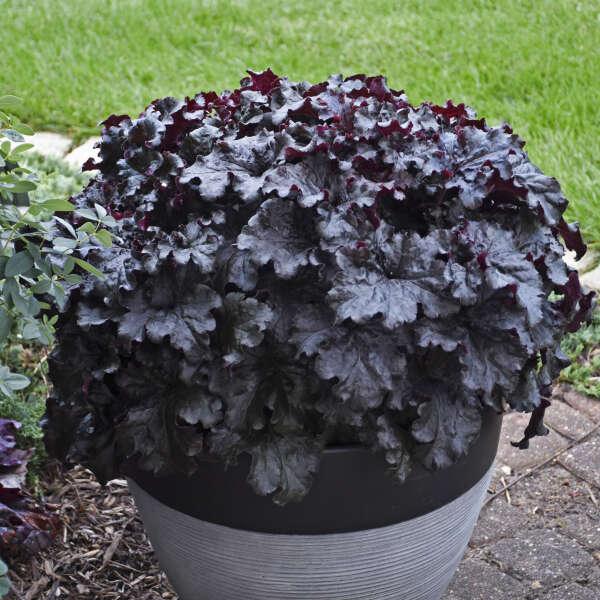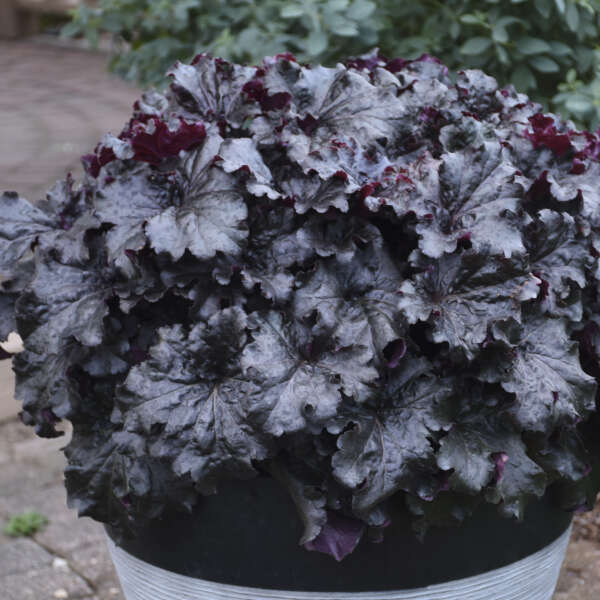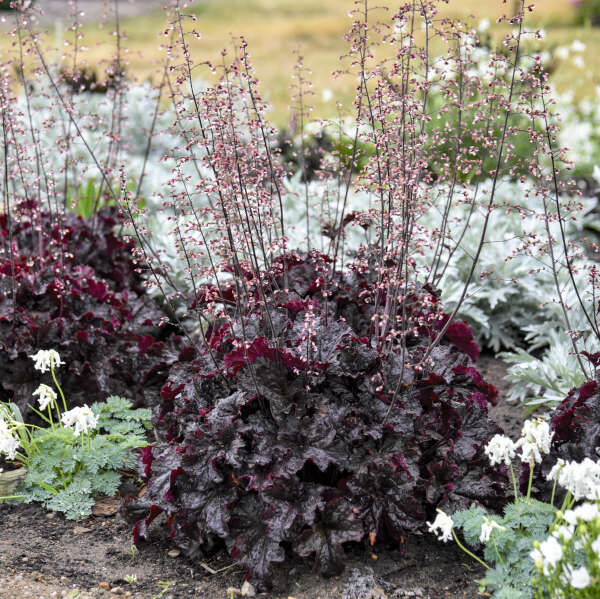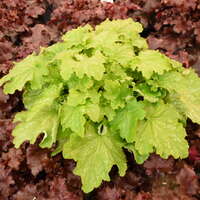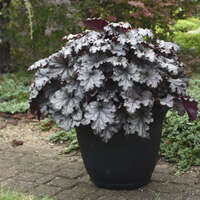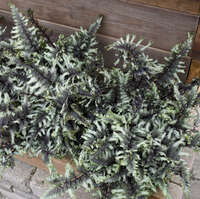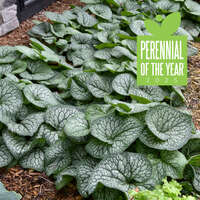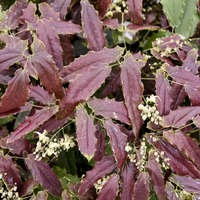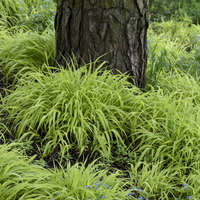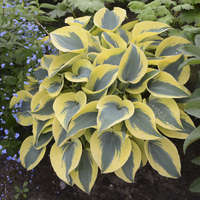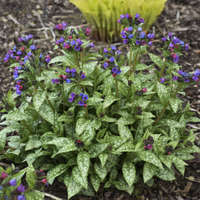Heuchera 'Evening Gown' CPBRAF PP34288
DRESSED UP® Series


Common Name: Coral Bells
'Evening Gown' is the inaugural member of a new series of Heuchera for Proven Winners that is prized for its incredible ruffled leaves, a feature that makes it a welcome texture for any landscape or container. Huge 6", glossy black leaves have ruffled margins and form a substantial mounded habit. Best color and performance in part shade. Substantial flower scapes hold pink buds that open to white flowers.
Coral bells are easy to grow and blend easily with most other perennials in the landscape. Because of their low, mounding habit, they are often used as edging along paths or in containers. Try cutting a few of the tall flower scapes for fresh bouquets.
